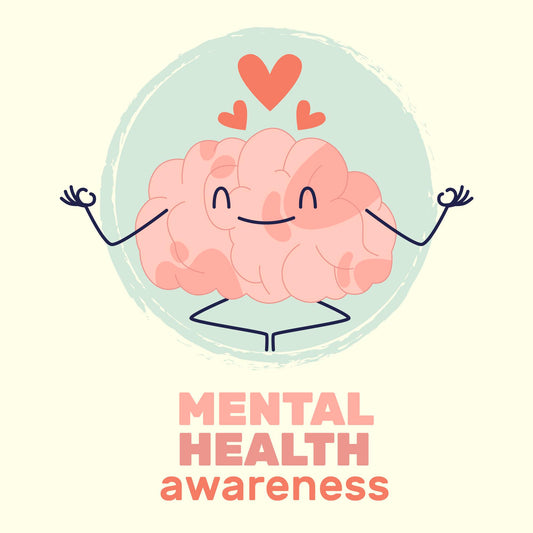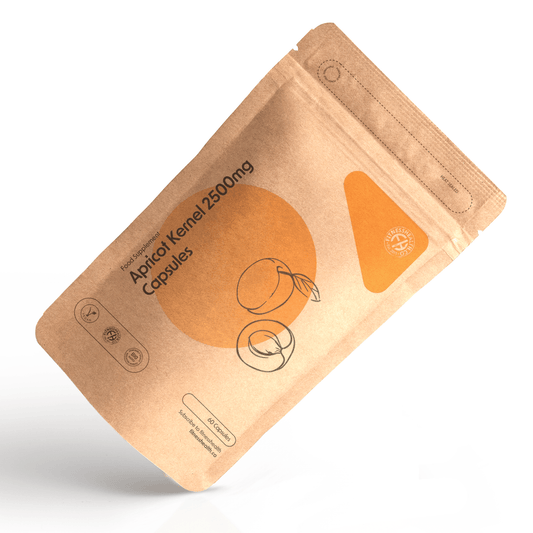
There are three major muscle groups of the arms:
The biceps brachii, a two-headed muscle with the origin under the shoulder and insertion below the elbow. The basic role of this muscle is to lift and curl the arm, and to pronate (twist downward) the wrist.
The triceps brachii, a three-headed muscle that works in opposition to the biceps, also attached beneath the shoulder and underneath the elbow. The simple utility of this muscle is to unbend the arm and supinate (twist upward) the wrist.
The forearm, containing a selection of muscles on the exterior and interior of the lower arm that govern the actions of the hand and wrist. The flexor muscles curl the palm down and forward, whereas the extensors curl the knuckles back and up.
Alongside the chest and back, bodybuilders have always considered gigantic arms the most imposing body part, a display of truly exceptional size and strength. The perfectly balanced arm is customarily one-third biceps and two-thirds triceps. Achieving this means knowing which muscles to train, with which exercises, and what quantity of effort to give to all. There are various means of approaching arm training. You can train the entire arm in one session, either completing each muscle area before proceeding on to the next or alternating sets for biceps and triceps, training the whole arm at once. Alternatively, you can divide your training into segments where you train triceps one day, biceps the next, and forearms at any time it suits you. Anyway, moving on to some other important points (note that these serve as general guidelines):
- 1. Both investigation and practical experience have demonstrated that bodybuilders get the best results when using a weight in each exercise that denotes about 70% to 75% of their one-rep maximum – that is, the quantity of weight one could use completing one full-out repetition of that specific exercise without taking a break.
- 2. If you use this quantity of weight you will normally find you can do sets of:
- a. 8 to 12 repetitions for upper-body muscles
- b. 12 to 16 repetitions for the major leg muscles.
- 3. It is recommended to do 4 sets due to:
- a. Necessity for sufficient volume to fully stimulate the muscle
- 4. Here is a typical upper-body set scheme:
- a. First set : a warm-up set with a lighter load; 15 reps or marginally more
- b. Second set : Add load so that the muscles are completely fatigued at roughly 10 to 12 reps
- c. Third set : Add even more weight to move the failure point to 8 to 10 reps
- d. Fourth set : For strength, increase sufficient weight so your muscles cease to function after 6 reps
- e. Optional fifth set : Use the identical load, attempt to get an additional 6 reps; if not, get some assistance from a training companion if needed to complete the set (known as forced reps)
- f. Try to keep your rest periods between sets down to a minute or less.
- 5. Training in this manner provides you with the greatest of all possible worlds: You begin relatively lightly, which provides your muscles with enough time to fully warm up; you go on to do a tad fewer reps with a heftier weight, which forces blood into your muscles and thus provides you with a pronounced ‘pump’; and lastly, you increase the load so that you are training relatively heavily for strength.
With these points in mind one can create his or her own arm training program, but provided below are some sample workouts based on these points. Feel free to mix it up as you wish, as training arms is not as complicated as it some make it up to be.
Sample 1
| Upper Arms | |
| Standing Barbell Curls | 5 sets of 15, 10, 8, 6, 4 reps |
| Incline Dumbbell Curls | 4 sets of 8 reps each |
| Concentration Curls | 3 sets of 8 reps each |
| Lying Triceps Extensions | 4 sets of 15, 10, 8, 6 reps |
| Triceps Cable Pressdowns | 3 sets of 8 reps each |
| One-Arm Triceps Extensions | 3 sets of 10 reps each |
| Forearms | |
| Barbell Wrist Curls | 4 sets of 10 reps each |
| Reverse Wrist Curls | 3 sets of 10 reps each |
Sample 2
| Upper Arms | ||
| Superset: | Standing Barbell Curls | 4 sets of 15, 10, 6, 4 reps |
| Lying Triceps Extensions | 4 sets of 15, 10, 6, 4 reps | |
| Superset: | Alternate Dumbbell Curls | 4 sets of 8 reps |
| Triceps Cable Pulldowns | 4 sets of 8 reps | |
| Superset: | Concentration Curls | 4 sets of 8 reps |
| One-Arm Triceps Extensions | 4 sets of 12 reps | |
| Reverse Press-Ups | 4 sets of 15 reps | |
| Forearms | ||
| Triset: | Wrist Curls | 4 sets of 10 reps |
| Reverse Curls | 4 sets of 10 reps | |
| One-Arm Wrist Curls | 4 sets of 10 reps |
Bibliography
- 1. Baechle, Thomas R., and Roger W. Earle. NSCA Essentials of Strength Training and Conditioning. 2nd Edition. Champaign, Illinois: Human Kinetics, 2008.
2. Hoffman, Jay. NSCA's Guide to Program Design. Champaign, IL: Human Kinetics, 2012.
3. Rippetoe, Mark, Lon Kilgore, and Glenn Pendlay. Practical Programming for Strength Training. Second Edition. Wichita Falls, Texas: Aasgaard Company, 2009.
4. Schwarzenegger, Arnold, and Bill Dobbins. The New Encyclopaedia of Modern Bodybuilding. New York: Simon & Schuster, 1998.







